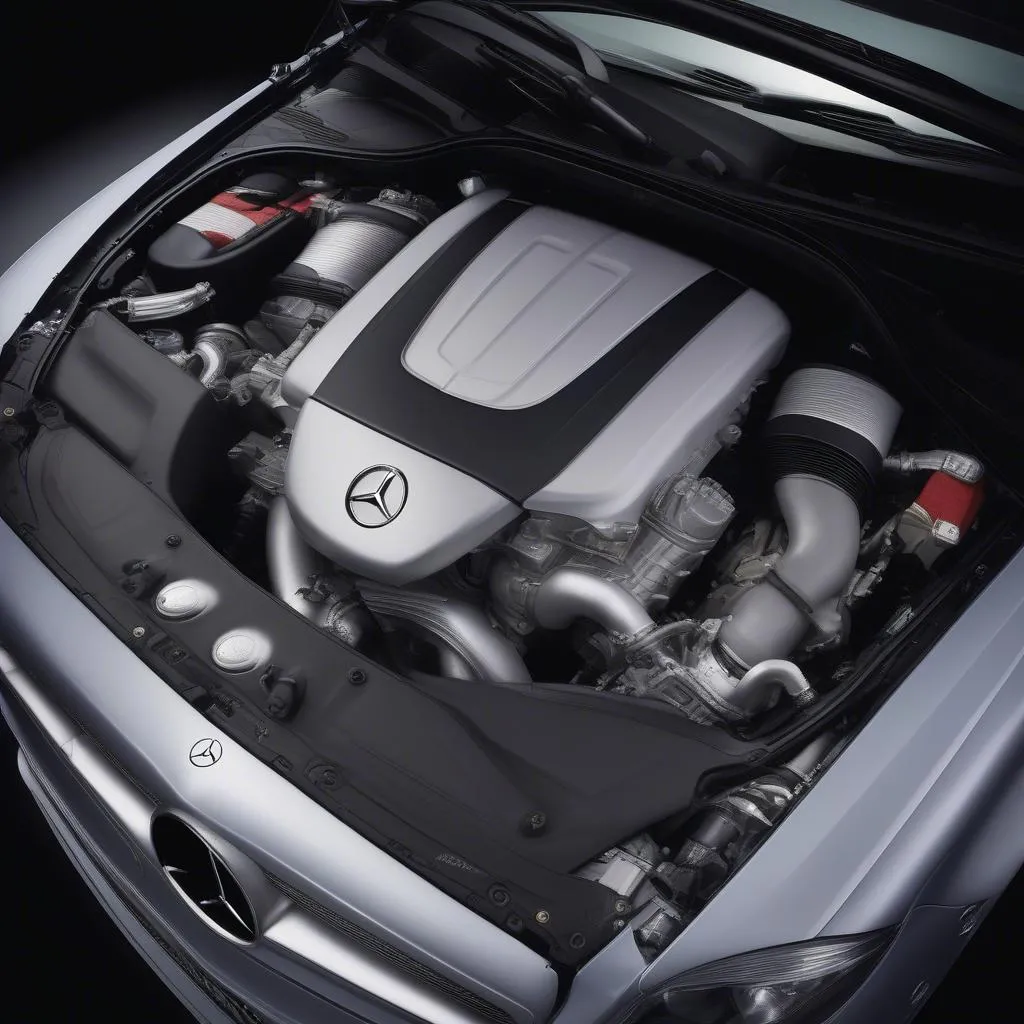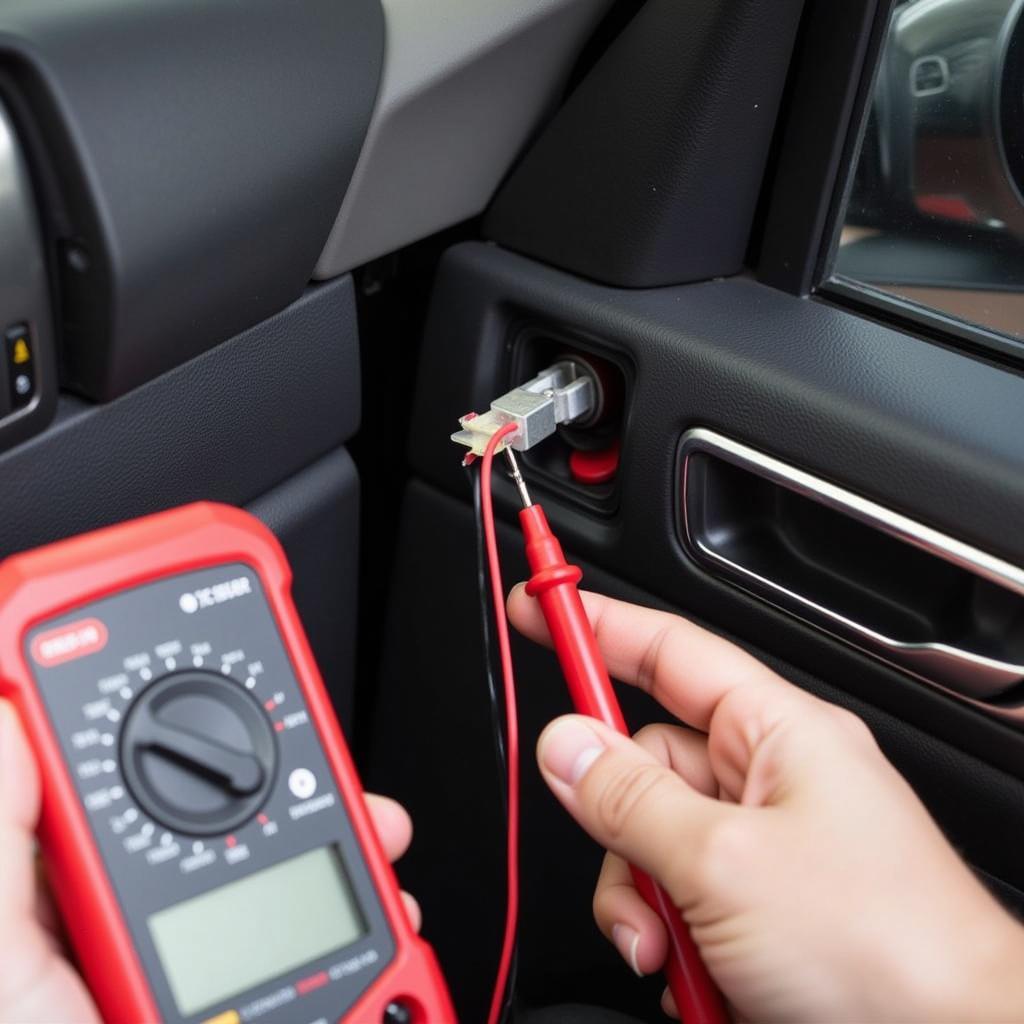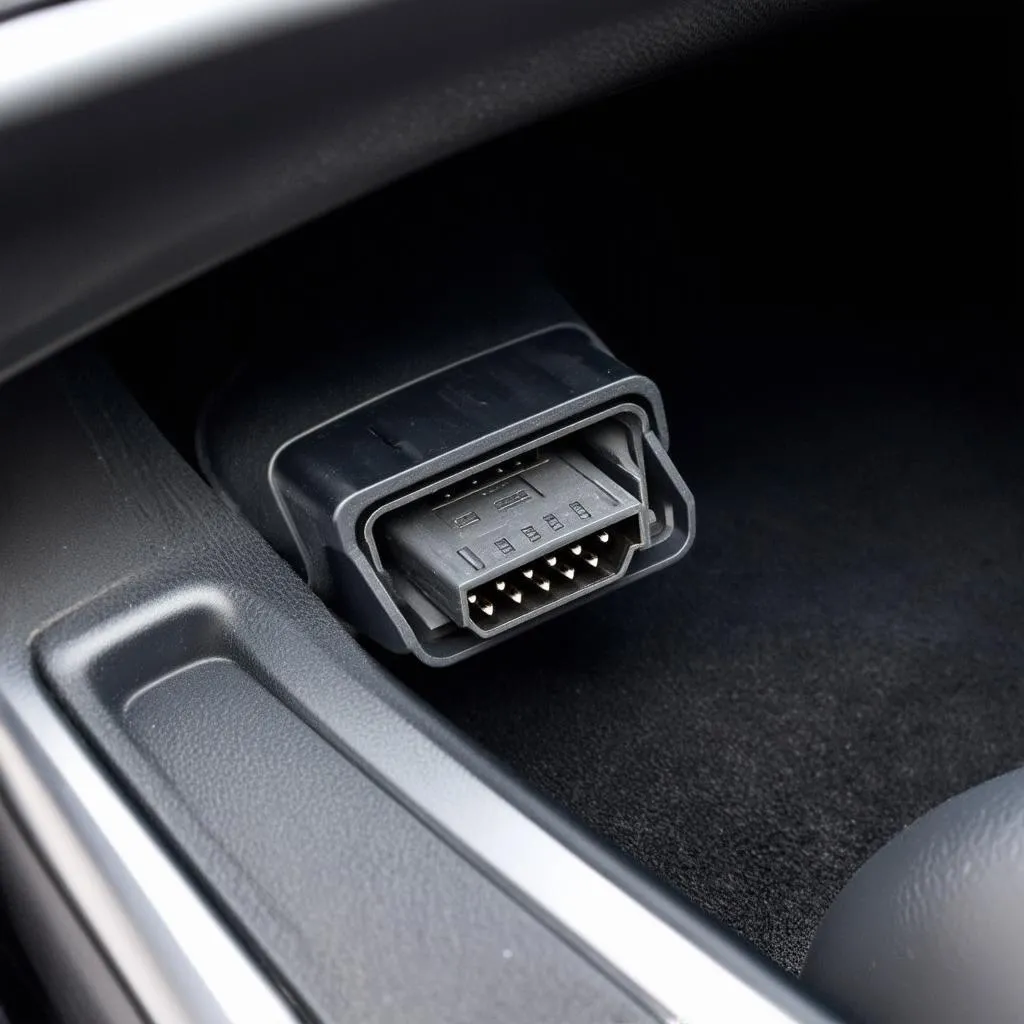Owning a Mercedes Benz CLS550 is a dream for many, but like any high-performance machine, it requires meticulous care, especially as the mileage climbs. If your CLS550 is nearing or has passed the 120,000-mile mark, you might encounter some common issues. This article aims to be your comprehensive guide to understanding, identifying, and potentially fixing these problems, keeping your CLS550 running smoothly.
Understanding Common Problems at 120,000 Miles
As your Mercedes CLS550 ages, certain components experience wear and tear, making them more prone to issues. Here’s a breakdown of what to look out for:
1. Engine Issues:
- Spark Plugs and Ignition Coils: Worn spark plugs and ignition coils can lead to misfires, rough idling, and reduced engine performance.
- Air Filter and Mass Air Flow Sensor (MAF): A clogged air filter or a faulty MAF sensor can disrupt the air-fuel mixture, causing poor fuel economy and acceleration issues.
- Vacuum Leaks: Hoses and seals can crack over time, creating vacuum leaks that negatively impact engine performance.
2. Transmission Problems:
- Transmission Fluid: Degradation of the transmission fluid can cause rough shifting, slipping, and even complete transmission failure.
- Valve Body: Issues with the valve body, particularly with the conductor plate and solenoids, can lead to erratic shifting patterns.
3. Suspension and Steering:
- Control Arms and Bushings: Worn control arms and bushings can cause clunking noises, especially over bumps, and affect handling.
- Shocks and Struts: Worn shocks or struts can result in a bouncy ride, poor handling, and uneven tire wear.
4. Electrical System:
- Battery: As batteries age, their ability to hold a charge diminishes, potentially leading to starting problems.
- Alternator: A failing alternator won’t properly charge the battery, which can leave you stranded.
Identifying the Problems
Recognizing the symptoms of these potential issues is key to preventing further damage:
- Check Engine Light: This is your car’s way of telling you something is wrong. Get the error codes read by a mechanic or use an OBD-II scanner.
- Unusual Noises: Pay attention to clunking, grinding, whining, or knocking sounds coming from the engine, transmission, or suspension.
- Fluid Leaks: Look for any leaks under your car, noting the color and location to help diagnose the problem.
- Performance Issues: Be aware of changes in acceleration, fuel economy, shifting smoothness, or engine responsiveness.
Essential Tools for Diagnosis and Repair
Before diving into repairs, it’s crucial to have the right tools:
- OBD-II Scanner: Essential for reading and clearing error codes, giving you valuable insight into the problem.
- Basic Mechanic Toolset: This should include wrenches, sockets, screwdrivers, pliers, and a torque wrench.
- Jack and Jack Stands: Safety first! These are necessary when working under your car.
- Fluid Catch Pans: Use these to collect old fluids during changes.
- Gloves and Safety Glasses: Protect yourself during repairs.
For those who prefer a more advanced approach to diagnostics, consider professional-grade automotive diagnostic software and hardware. Cardiagtech offers a range of reliable products to enhance your troubleshooting capabilities.
 Mercedes CLS550 Engine
Mercedes CLS550 Engine
Tackling the Repairs
Important: While some repairs can be done by experienced DIYers, it’s generally recommended to consult a qualified Mercedes mechanic for complex issues, especially those involving the transmission or electrical system.
Here are some general steps for common repairs:
- Spark Plug and Ignition Coil Replacement: Disconnect the battery, remove the old components, and install new ones with the correct gap and torque specifications.
- Air Filter and MAF Sensor Cleaning: Access and remove the air filter housing, replace the filter, and carefully clean the MAF sensor using MAF sensor cleaner.
- Fluid Changes: Consult your owner’s manual for the recommended fluids and change intervals. Always use the correct fluids specified by Mercedes.
- Suspension Component Replacement: This usually involves removing and replacing worn parts like control arms, bushings, shocks, or struts. Alignment is crucial after these repairs.
Frequently Asked Questions
Q: How long does a Mercedes CLS550 transmission last?
A: With proper maintenance, including regular fluid changes, the transmission can last well over 100,000 miles. However, neglecting maintenance can significantly shorten its lifespan.
Q: What are some signs of a failing alternator?
A: Common signs include dimming headlights, flickering interior lights, a warning light on the dashboard, and difficulty starting the car.
Q: Can I use any OBD-II scanner on my CLS550?
A: While basic scanners can read and clear codes, it’s best to use a scanner specifically designed for Mercedes vehicles for more comprehensive diagnostics. CARDIAGTECH offers a variety of compatible options for accurate and reliable results.
Q: How often should I change my spark plugs?
A: Mercedes recommends changing the spark plugs every 60,000 miles for optimal performance.
Q: What should I do if my Check Engine Light comes on?
A: Don’t ignore it! Get the codes read as soon as possible to diagnose the issue and prevent potential further damage.
 Mercedes CLS550 Dashboard
Mercedes CLS550 Dashboard
Conclusion
Maintaining your Mercedes CLS550 at 120,000 miles requires proactive attention and proper care. By being aware of common problems, recognizing symptoms early, and taking appropriate action, you can keep your CLS550 running smoothly and enjoy many more miles on the road. Remember, regular maintenance and timely repairs are always cheaper than neglecting issues and facing major breakdowns down the line.


